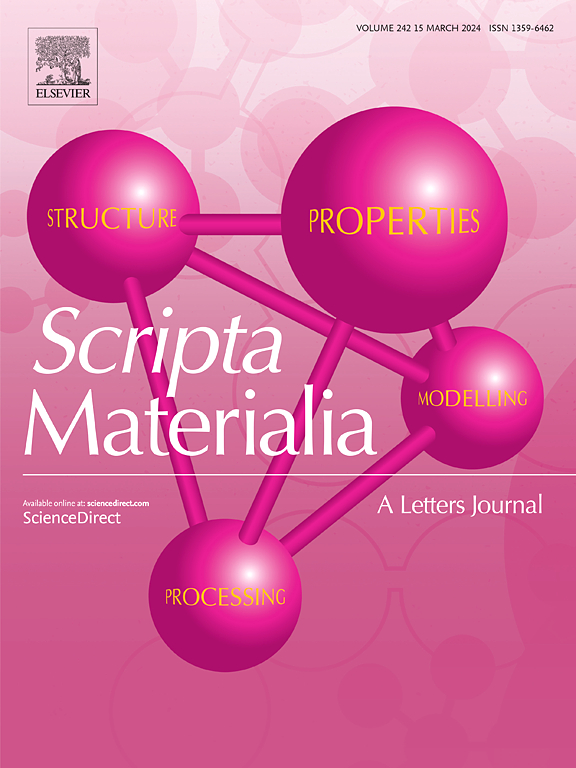Comments on "Toward prediction and insight of porosity formation in laser welding: A physics-informed deep learning framework"
IF 5.3
2区 材料科学
Q2 MATERIALS SCIENCE, MULTIDISCIPLINARY
引用次数: 0
Abstract
Meng et al. (2025) introduce a physics-informed deep learning (PIDL) framework for predicting porosity in aluminum alloy laser welding. Their PIDL model, assessed via SHAP, exhibited superior predictive performance over conventional deep learning models, demonstrated by a 41% reduction in mean square error (MSE). However, feature importances derived from SHAP may be biased, potentially misrepresenting the genuine physical influences on porosity formation. High predictive accuracy does not automatically ensure the reliability of feature importance metrics. This letter underscores the critical need for rigorous statistical validation for reliable feature importance assessments. Integrating robust statistical methods like Spearman's rho, Goodman-Kruskal's gamma, Kendall's tau, and Somers' delta with machine learning enhances the credibility of insights in materials science and manufacturing. Future research should focus on combining ML with robust statistical analysis to improve feature importance reliability and deepen understanding of underlying physical mechanisms.

对“激光焊接中孔隙形成的预测和洞察:一个基于物理的深度学习框架”的评论
孟等人(2025)介绍了一种基于物理的深度学习(PIDL)框架,用于预测铝合金激光焊接中的孔隙率。他们的PIDL模型,通过SHAP评估,表现出优于传统深度学习模型的预测性能,均方误差(MSE)降低了41%。然而,由SHAP得出的特征重要性可能存在偏差,可能会歪曲孔隙形成的真实物理影响。高预测精度并不能自动保证特征重要性度量的可靠性。这封信强调了对可靠的特征重要性评估进行严格统计验证的迫切需要。将强大的统计方法(如Spearman的rho, Goodman-Kruskal的gamma, Kendall的tau和Somers的delta)与机器学习相结合,可以提高材料科学和制造业见解的可信度。未来的研究应侧重于将机器学习与稳健的统计分析相结合,以提高特征重要性的可靠性,加深对潜在物理机制的理解。
本文章由计算机程序翻译,如有差异,请以英文原文为准。
求助全文
约1分钟内获得全文
求助全文
来源期刊

Scripta Materialia
工程技术-材料科学:综合
CiteScore
11.40
自引率
5.00%
发文量
581
审稿时长
34 days
期刊介绍:
Scripta Materialia is a LETTERS journal of Acta Materialia, providing a forum for the rapid publication of short communications on the relationship between the structure and the properties of inorganic materials. The emphasis is on originality rather than incremental research. Short reports on the development of materials with novel or substantially improved properties are also welcomed. Emphasis is on either the functional or mechanical behavior of metals, ceramics and semiconductors at all length scales.
 求助内容:
求助内容: 应助结果提醒方式:
应助结果提醒方式:


